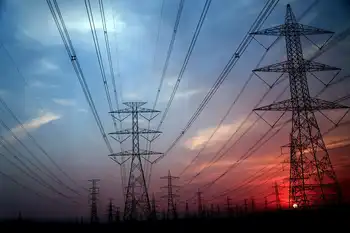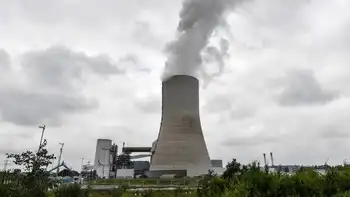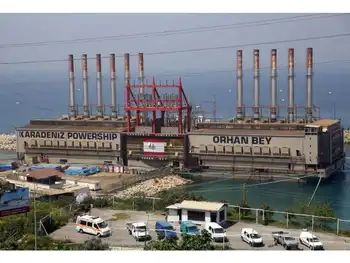Power still out around St. Louis after ice storm; death toll rises
ST. LOUIS, MISSOURI - People slept among strangers and browsed a little longer in lighted bookstores during their search for warm surroundings December 4, the fifth day of a blackout caused by a winter storm.
After staying at a shelter in a recreation center since December 1, Angela Luster hitched a ride with the National Guard to check on her apartment.
"It's terrible. You just had to uproot your life," said Luster, 28. "We have to live by other people's rules and regulations. It's difficult being around people you don't know."
The Missouri National Guard was sent to the area after a recent snow and ice storm to make sure people were surviving without lights and heat during the sharply cold weather.
After a run of temperatures only in the teens, the St. Louis area got a break December 4 with thermometers rising to almost 40.
The St. Louis-based utility Ameren Corp. said it would be several more days before power is fully restored.
"We've had some ice storms before. This one puts them to shame," said Ron Zdellar, vice president of energy for Ameren, who has worked for the company for 35 years.
About 260,000 Ameren customers in Missouri and Illinois were still without electricity December 4.
The storm also caused widespread power outages elsewhere as it blew snow and ice from Texas to Michigan and battered parts of the Northeast with thunderstorms and high wind.
The number of deaths blamed on the storm rose December 4 to at least 23, with three more deaths reported in Missouri and one more in Illinois. The causes included weather-related traffic accidents, fires, carbon monoxide poisoning and exposure, officials said.
The combination of low temperatures, fallen power lines, ice- covered poles and brittle tree limbs hampered repair efforts.
"We knew when this thing hit, it would be far different from anything we've seen before," Zdellar said.
Related News

Powering Towards Net Zero: The UK Grid's Transformation Challenge
LONDON - Prime Minister Sunak's recent upgrade to his home's electricity grid, designed to power his heated swimming pool, serves as a microcosm of a much larger challenge facing the UK: transforming the nation's entire electricity network for net zero emissions.
This transition requires a monumental £170bn-£210bn investment by 2050, earmarked for reinforcing and expanding onshore cables and pylons that deliver electricity from power stations to homes and businesses. This overhaul is crucial to accommodate the planned switch from fossil fuels to clean energy sources - wind and solar farms - powering homes with electric cars and heat pumps.
The UK government's…




